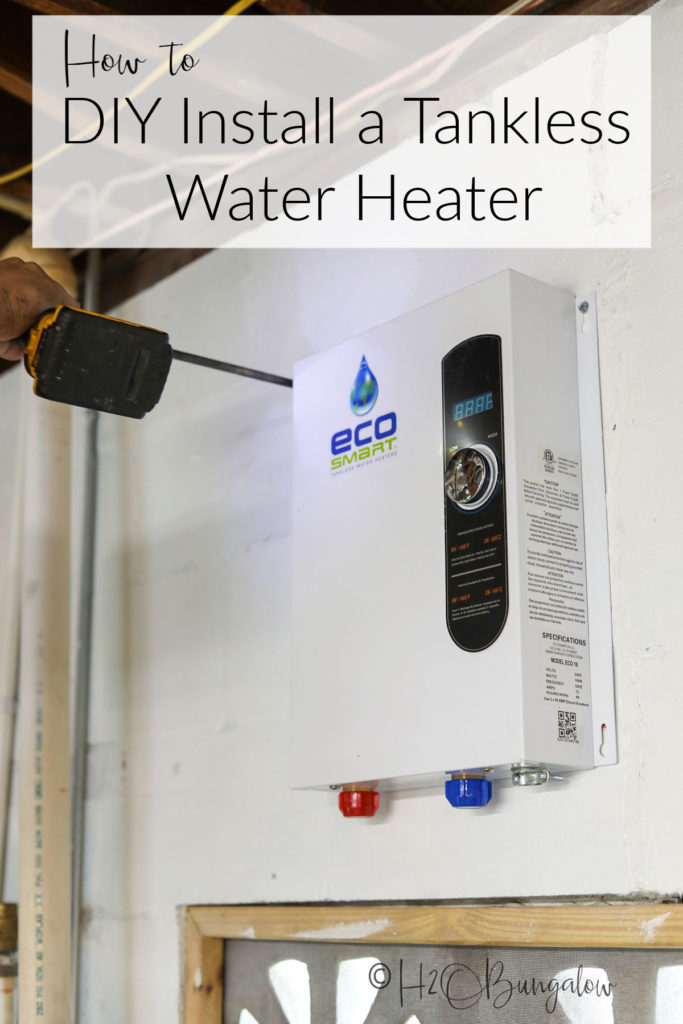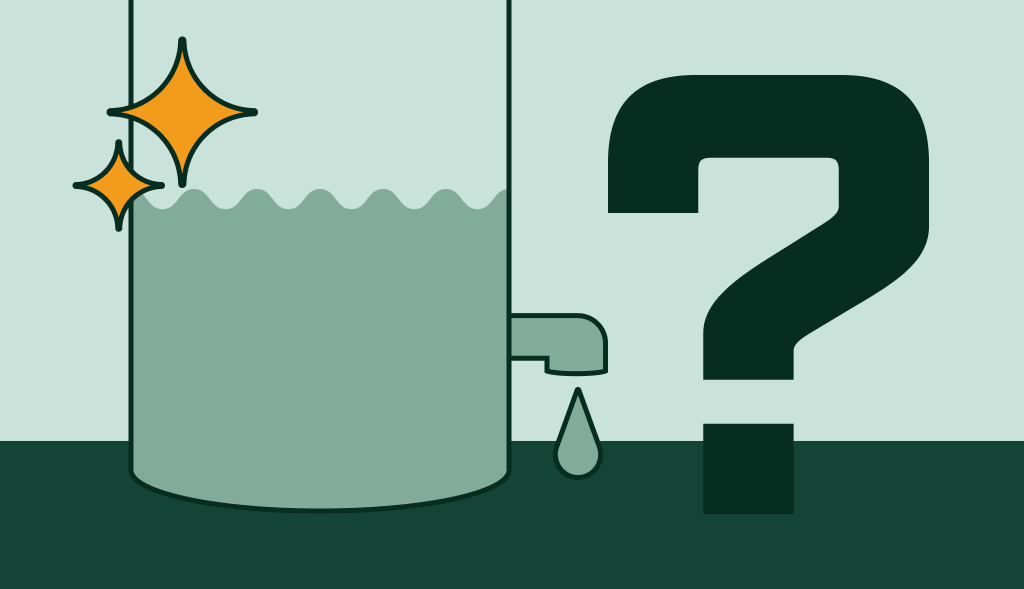Upgrade your home with expert water heater installation in Brea
Upgrade your home with expert water heater installation in Brea
Blog Article
Do It Yourself Water Heating System Installation: Vital Actions for Success
When taking into consideration a DIY water heater setup, it is vital to come close to the task with a systematic frame of mind, as the process entails several essential steps that can dramatically impact both security and efficiency. Choosing the suitable water heating unit for your details needs is just the beginning; preparing the setup area and understanding the essential devices and materials are just as essential.
Choosing the Right Water Heating System
When choosing a hot water heater, it is necessary to think about numerous key aspects to make sure ideal efficiency and performance - water heater installation Brea. First of all, examine the sort of water heating unit that finest matches your requirements. Alternatives consist of tankless, storage tank, and warmth pump water heating systems, each offering distinctive benefits in regards to power effectiveness and room requirements
A larger family members may call for an unit with a higher gallon capacity or a tankless system that can give continual hot water. Each energy type has ramifications for installation costs and long-lasting energy costs.
Power efficiency is one more essential factor. By meticulously examining these factors, you can choose a water heater that lines up with your household's certain demands, making certain comfort and effectiveness for years to come.
Devices and Materials Needed
Successfully installing a water heating unit calls for not just the right option of unit but likewise the proper devices and products. Before starting your DIY task, guarantee you have an extensive list of things to assist in a smooth installation process.
Crucial tools include a pipeline wrench, flexible pliers, and a screwdriver set (both flathead and Phillips), which will certainly assist you take care of different fittings and links. Furthermore, a drill with proper little bits is needed for installing brackets or making any needed holes. For safety and security, a voltage tester is crucial, especially when handling electric water heaters.
You will likewise require a flexible water supply line, which can be either braided stainless steel or PVC, depending on your choices and neighborhood codes. By collecting these materials and tools in advance, you established the stage for a successful water heater installation.
Preparing for Installation
Before beginning the setup of your water heating unit, it is important to analyze the setup website to guarantee it satisfies all required demands. Beginning by validating that the location is well-ventilated, specifically for gas hot water heater, to avoid the buildup of unsafe gases. Check for the schedule of essential connections, including supply of water lines and electric outlets, guaranteeing they are in great problem and properly situated.

This proactive method not only ensures compliance with local structure codes yet additionally improves the longevity and performance of the water heater. Appropriate preparation sets the phase for a smooth installation process and assists avoid unforeseen concerns.
Step-by-Step Installation Process
With the preparation websites complete and all essential analyses this link carried out, the following phase includes the step-by-step installment of your water heating unit. Begin by making certain that the new system is located correctly, straightening it with the existing pipes and electric connections. For tank-type water heating units, attach the cool water supply line to the inlet, generally marked in blue, and the warm water line to the electrical outlet, normally marked in red. Use Teflon tape on threaded joints to prevent leakages (water heater installation).
Next, safeguard the temperature level and stress safety valve, which is vital for security. Attach the discharge pipeline to this shutoff, guiding it towards the flooring or an ideal water drainage location. For electric designs, connect the power supply by removing the cords and protecting them to the heater's terminals according to the producer's instructions.
If you are installing a gas hot water heater, guarantee the gas line is attached properly and look for leakages using a soap option. Nevertheless links are made, fill the storage tank with water before transforming on the power or gas supply. Ultimately, enable the water heating system to reach the wanted temperature and look for any kind of leakages around all links.
Ensuring Safety And Security and Efficiency
Consistently making sure security and efficiency during the setup and procedure of your water heater is essential for optimum performance and longevity. Begin by selecting an ideal area that complies with local building ordinance and supplies appropriate ventilation. Ensure that the area is without flammable materials and has sufficient space for Visit This Link upkeep and assessments.

After installation, conduct regular look at the system to identify leaks, rust, or uncommon noises. Establish the thermostat to a secure temperature level, normally around 120 ° F, to avoid hot and improve energy effectiveness. Protect pipelines to reduce warmth loss, which contributes to lower energy expenses.
Conclusion
In conclusion, successful DIY water heater setup pivots on careful preparation and execution. Selecting the proper water heater, preparing the installation location, and complying with an organized setup process are critical steps.
When thinking about a DIY water heating system setup, it is crucial to come close to the job with a systematic mindset, as the procedure entails several critical actions that can significantly influence both safety and effectiveness.Before beginning the installment of your water heating unit, it is vital to assess the installment site to guarantee it fulfills all necessary needs. For tank-type water heating units, attach the cool water supply line to the inlet, commonly marked in blue, and the hot water line to the electrical outlet, generally marked in red.Routinely guaranteeing security and performance throughout the installment and procedure of your water heater is important for ideal efficiency and longevity. Picking the ideal water heater, preparing the setup area, and complying with a methodical setup procedure are crucial actions.
Report this page